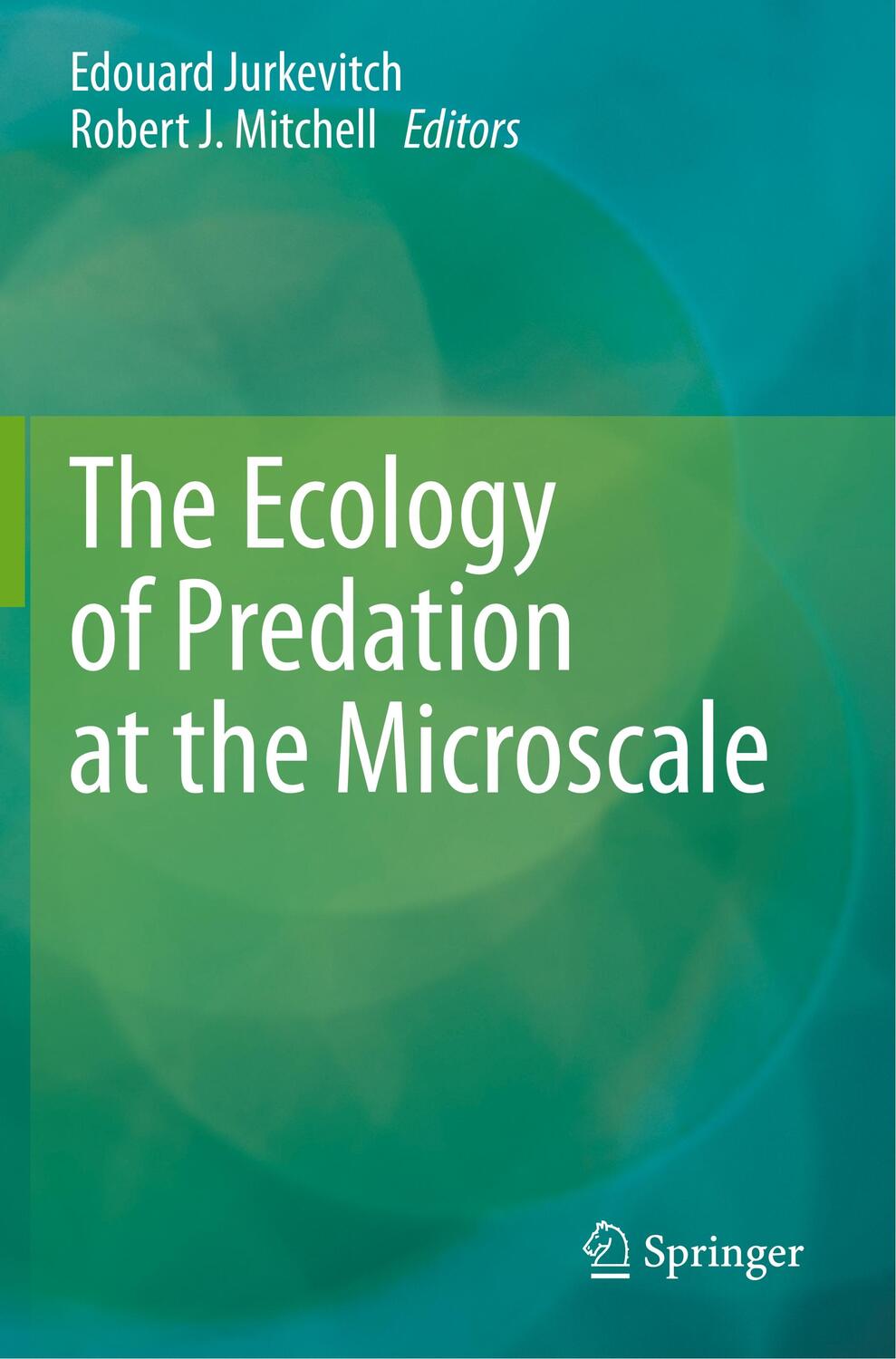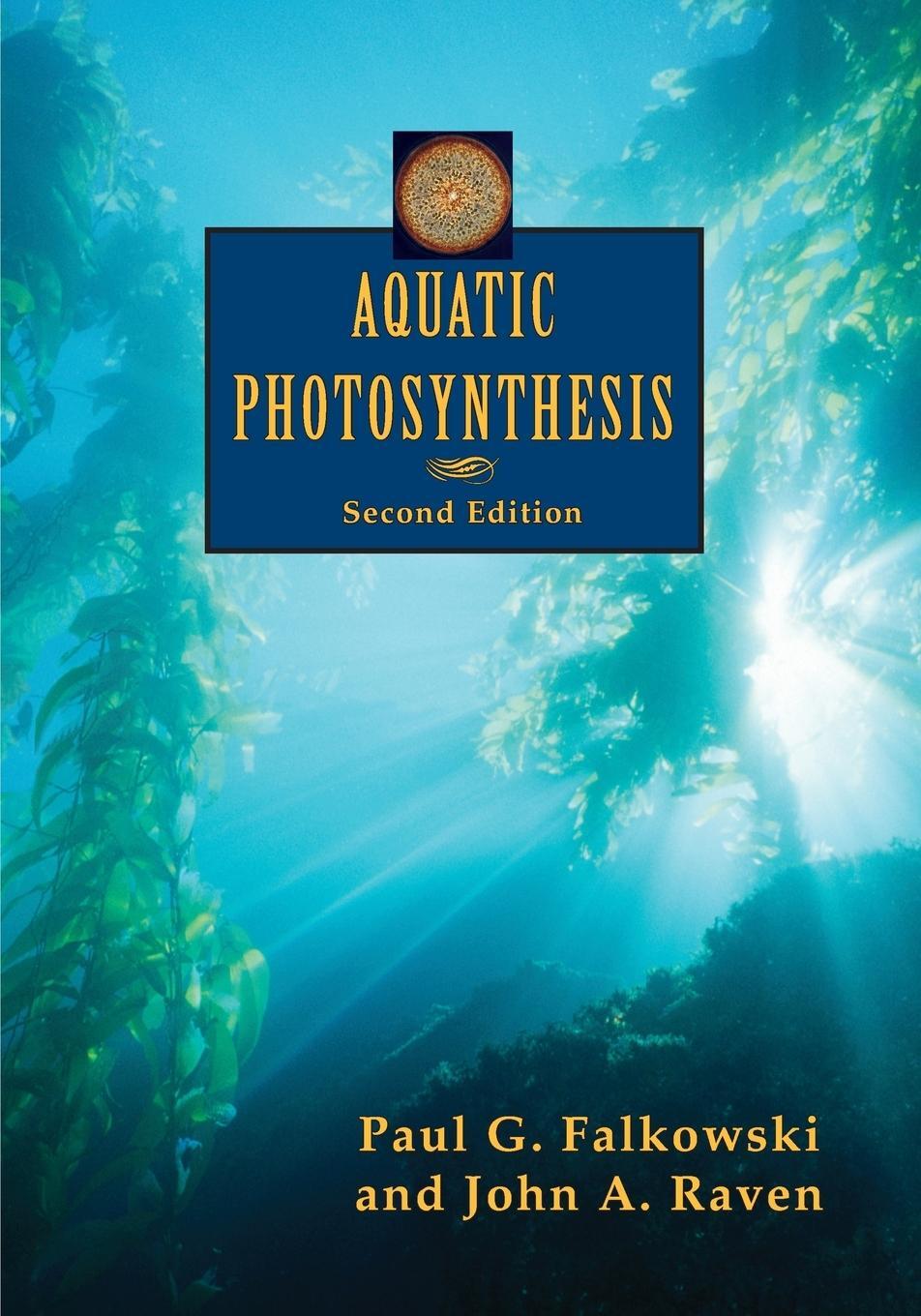92,40 €*
Versandkostenfrei per Post / DHL
Lieferzeit 4-7 Werktage
In the latter half, emphasis is given more to the application and limitations of predators. In addition to discussing secondary metabolite production within different microbial predators, the readers will also learn how predators are being used to purify secondary metabolites from prey. This section also discusses the expanding and promising role of predation in aquaculture, focusing on the application of predators to reduce pathogenic populations, but includes some important caveats for young researchers to consider and follow when working with Bdellovibrio.
This work is written for both experienced researchers already in the field and for young scientists who are captivated by the thought of predation at the microscale and its growing importance within a wide-array of fields.
In the latter half, emphasis is given more to the application and limitations of predators. In addition to discussing secondary metabolite production within different microbial predators, the readers will also learn how predators are being used to purify secondary metabolites from prey. This section also discusses the expanding and promising role of predation in aquaculture, focusing on the application of predators to reduce pathogenic populations, but includes some important caveats for young researchers to consider and follow when working with Bdellovibrio.
This work is written for both experienced researchers already in the field and for young scientists who are captivated by the thought of predation at the microscale and its growing importance within a wide-array of fields.
Robert J. Mitchell followed his heart and traveled to South Korea, where in 2004 he received his PhD in Environmental Sciences at the Gwangju Institute of Science and Technology (GIST) studying environmental toxicity sensing using bacterial bioreporters. After two post-doctoral fellows studying oral pathogens and fermentations/bioenergy production, first at Harvard University and then at the Korea Institute of Science and Technology (KIST), respectively, he joined the Ulsan National Institute of Science and Technology where he has continued to pursue his career as a professor. His lab has meshed all of his previous experiences to delve deeper into the fields of applied microbiology and pathobiotechnlogy, with a heavy emphasis given towards understanding predatory bacteria.
Preface.- Predatory interactions between Myxobacteria and their prey.- The ecology of Bdellovibrio and like organisms in wastewater treatment plants.- Intraguild predation: predatory networks at the microbial scale.- Antibacterial activities of Bdellovibrio and like organisms in aquaculture.- Secondary metabolism of predatory bacteria.- Environmental and biotic factors impacting the activities of Bdellovibrio bacteriovorus.- Emerging horizons for industrial applications of predatory bacteria.
| Erscheinungsjahr: | 2021 |
|---|---|
| Fachbereich: | Ökologie |
| Genre: | Biologie |
| Rubrik: | Naturwissenschaften & Technik |
| Medium: | Taschenbuch |
| Seiten: | 208 |
| Inhalt: |
xiii
194 S. 17 s/w Illustr. 11 farbige Illustr. 194 p. 28 illus. 11 illus. in color. |
| ISBN-13: | 9783030456016 |
| ISBN-10: | 3030456013 |
| Sprache: | Englisch |
| Ausstattung / Beilage: | Paperback |
| Einband: | Kartoniert / Broschiert |
| Redaktion: |
Mitchell, Robert J.
Jurkevitch, Edouard |
| Herausgeber: | Edouard Jurkevitch/Robert J Mitchell |
| Auflage: | 1st ed. 2020 |
| Hersteller: |
Springer International Publishing
Springer International Publishing AG |
| Maße: | 235 x 155 x 11 mm |
| Von/Mit: | Robert J. Mitchell (u. a.) |
| Erscheinungsdatum: | 30.06.2021 |
| Gewicht: | 0,368 kg |
Robert J. Mitchell followed his heart and traveled to South Korea, where in 2004 he received his PhD in Environmental Sciences at the Gwangju Institute of Science and Technology (GIST) studying environmental toxicity sensing using bacterial bioreporters. After two post-doctoral fellows studying oral pathogens and fermentations/bioenergy production, first at Harvard University and then at the Korea Institute of Science and Technology (KIST), respectively, he joined the Ulsan National Institute of Science and Technology where he has continued to pursue his career as a professor. His lab has meshed all of his previous experiences to delve deeper into the fields of applied microbiology and pathobiotechnlogy, with a heavy emphasis given towards understanding predatory bacteria.
Preface.- Predatory interactions between Myxobacteria and their prey.- The ecology of Bdellovibrio and like organisms in wastewater treatment plants.- Intraguild predation: predatory networks at the microbial scale.- Antibacterial activities of Bdellovibrio and like organisms in aquaculture.- Secondary metabolism of predatory bacteria.- Environmental and biotic factors impacting the activities of Bdellovibrio bacteriovorus.- Emerging horizons for industrial applications of predatory bacteria.
| Erscheinungsjahr: | 2021 |
|---|---|
| Fachbereich: | Ökologie |
| Genre: | Biologie |
| Rubrik: | Naturwissenschaften & Technik |
| Medium: | Taschenbuch |
| Seiten: | 208 |
| Inhalt: |
xiii
194 S. 17 s/w Illustr. 11 farbige Illustr. 194 p. 28 illus. 11 illus. in color. |
| ISBN-13: | 9783030456016 |
| ISBN-10: | 3030456013 |
| Sprache: | Englisch |
| Ausstattung / Beilage: | Paperback |
| Einband: | Kartoniert / Broschiert |
| Redaktion: |
Mitchell, Robert J.
Jurkevitch, Edouard |
| Herausgeber: | Edouard Jurkevitch/Robert J Mitchell |
| Auflage: | 1st ed. 2020 |
| Hersteller: |
Springer International Publishing
Springer International Publishing AG |
| Maße: | 235 x 155 x 11 mm |
| Von/Mit: | Robert J. Mitchell (u. a.) |
| Erscheinungsdatum: | 30.06.2021 |
| Gewicht: | 0,368 kg |









